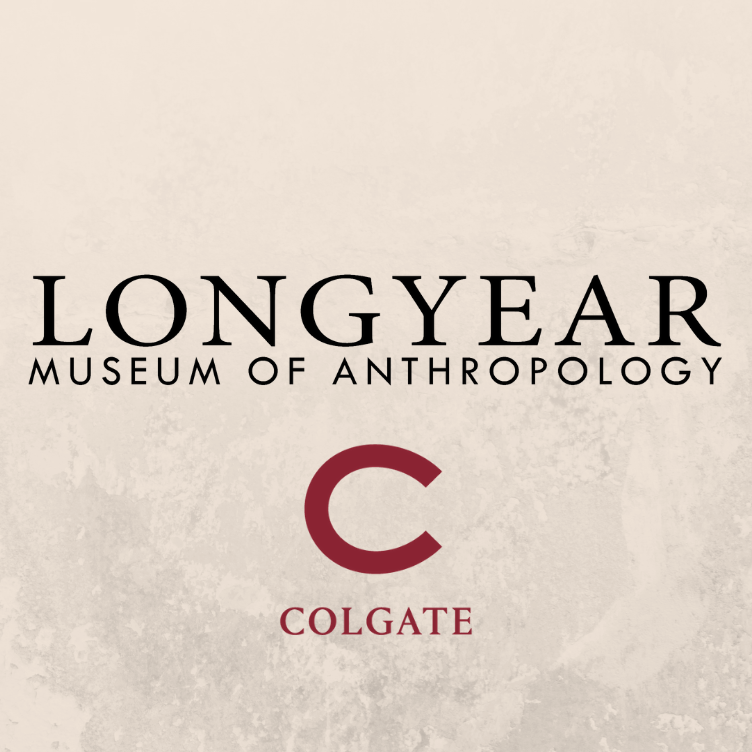Longyear Museum Hosts “Makers and Materials: A Celebration”
EXHIBITING ONEIDA: The Longyear Museum of Anthropology holds an exhibition that displays indigenous culture. The exhibition will be at Colgate until December 10.
The Longyear Museum of Anthropology, located on the second floor of Alumni Hall, is dedicated to recognizing the collective responsibility of our colonial past and Colgate’s establishment on Oneida land. “Makers and Materials: A Celebration,” now on display, presents works of art that express identity and lived experience to celebrate indigenous culture and spread awareness about the culture and traditions of the Oneida Nation.
The Longyear Museum’s website describes itself as an institution “actively committed to building relationships with the Oneida people and with other Native American tribes and nations.” Its current exhibition features 17 works borrowed from 11 modern-day Haudenosaunee artists and is curated by nine Colgate students. Also on display are 40 works from the Longyear Museum collections from makers throughout North, Central and South America.
On Nov. 12, the museum hosted an event with some of the artists and exhibition curators, featuring traditional food and drink.
The showcase facilitated a friendly environment, fostering open conversations about the artwork and allowing for a better understanding and appreciation of the pieces and their cultural expressions.
Speaking with attendees, first-year Maggie Harper commented on the connections she saw between the novel “Braiding Sweetgrass,” the first-year reading for the Class of 2025, and some of the pieces on display like “Turtle Island/Sky Woman.”
“That happened to be my favorite essay from the summer reading book; it was very powerful. I went to another ‘Braiding Sweetgrass’ event today, and they talked a lot about reciprocity and giving back. I came to this exhibition to learn a little bit more, and I think I did that,” Harper said.
First-year Nicole Rogers said her biggest takeaway from the exhibit was acknowledging the land that Colgate sits on and the responsibility that comes along with that.
“I know we are on Native American land and appreciating that by coming and learn- ing about this is a way for us to educate ourselves and at least be aware of that,” Rogers said.
The museum installation showcases the culture and traditions of the Oneida Nation, but also highlights stories of colonial violence.
In an interview with Megan Sorokes of The Summer Local in 2013, Peter B. Jones, the artist of “Turtle Island/Sky Woman” remarked that “[a] lot of times Indian art produces what will sell … they don’t want to be re- minded of the genocide and internments that went on in our history.”
Thus, the art in “Makers and Materials” shares indigenous stories and perspectives, simultaneously highlighting the suffering of colonialism while accentuating the beauty in Haudenosaunee traditions and worldviews.
The curators worked to find a balance between shaping the narrative of the exhibition and letting the pieces tell their own story, according to Oneida curator and artist Kaytlynn Lynch.
“A lot of the drive behind the final choices but also the initial stage was completely student-driven. [We had to] craft the narrative and shape the way that we are going to tell the story but making sure that we are not coming across as an authority on the subject … A lot of it ties back to [the] environment, what they are drawn to, what perspective they are bringing, what stories they are trying to share through their art, through their belongings and through everything they have contributed to the collections.”
The exhibition features many forms of artistic and cultural expression that are used as a tool for healing, compassion and bringing awareness to indigenous perspectives. The works of art in the “Makers and Materials: A Celebration” exhibition can teach us about the culture, traditions and values of the indigenous people who lived where Colgate University now stands.







